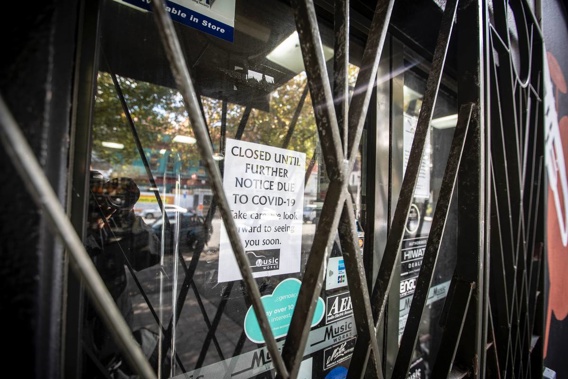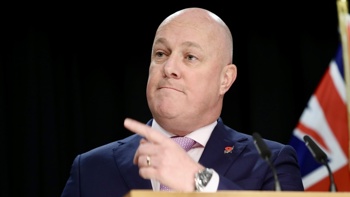
By Martin Berka for The Conversation.
New Zealand has the most stringent Covid-19 policy restrictions in the world, matched only by Israel and India, according to Oxford University's coronavirus government response tracker.
The current level 4 restrictions have brought the number of cases down, and I am delighted the government acted quickly and strongly. But the newly announced level 3 conditions remain stringent, with ongoing border controls, limited domestic travel, and continued closures in many business sectors, including retail and hospitality.
On Monday, the government will announce whether New Zealand will remain in level 4 lockdown for longer, or move to level 3. The obvious trade-off lies between the loss of economic opportunities and the preservation of life.
Based on a combination of international and local data, I argue that New Zealand should go ahead and step back its restrictions from Thursday, because level 3 provides sufficient health outcomes without the worst economic impacts of level 4.
NZ's world-leading Covid-19 death rate
As the table below shows, New Zealand boasts the lowest mortality rate (0.1%, as of April 8) and ranks among the lowest on the number of confirmed cases per 100,000 people. New Zealand's government can be proud of these health outcomes.
The Oxford tracker calculates a policy stringency index by combining 13 policy indicators, including school and workplace closures, travel bans, as well as fiscal policy measures.
Government response to Covid-19
/arc-anglerfish-syd-prod-nzme.s3.amazonaws.com/public/OGO3SADAHFDKDNRLKPPUKNTNUQ.png)
Photo / Oxford COVID-19 Government Response Tracker
The links between the stringency index, the number of confirmed cases and case mortality, are complex. In the case of New Zealand, good health outcomes are largely the result of stringent policy. In Italy, the reverse is the case as policy stringency followed rapidly deteriorating health outcomes.
From an economic point of view, the key difference is that while many countries required workplaces to shut down, New Zealand went further; its closures during level 4 have extended to every non-essential business, leaving only supermarkets and pharmacies open.
Scenarios of COVID-19 impacts
This week, the New Zealand Treasury released a report with five different scenarios of economic impacts from COVID-19.
In one of the worst case scenarios, in which New Zealand stays at level 4 lockdown for six months, followed by another six months of level 3 restrictions, treasury forecast an unemployment rate of around 26% and a drop in GDP by 37%. This would be unprecedented in New Zealand history (the worst real annual GDP growth rate since 1860 was -7.07% in 1932, and the highest unemployment since 1970 at 11% in 1991). This scenario is very unlikely to happen, given no one in the government has been talking about staying at level 4 for that long.
Take your Radio, Podcasts and Music with you









